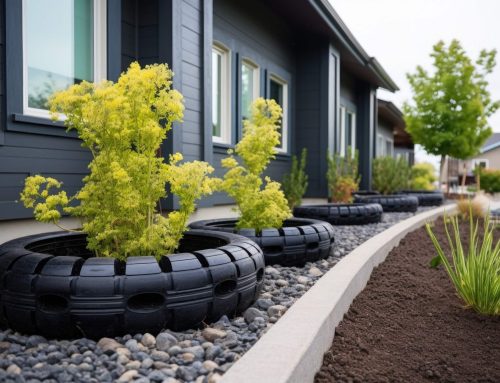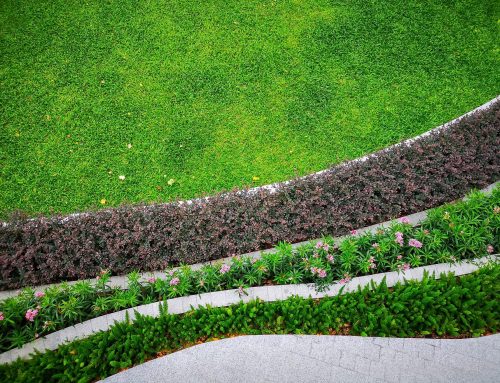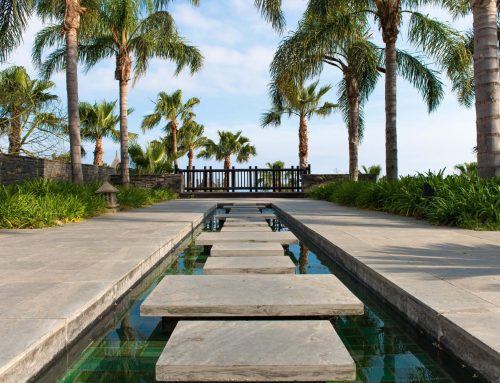What is an Irrigation System?
If you’ve ever had to maintain the landscape of a home, you know how much work it can be to keep your lawn, flowers, shrubs and trees properly hydrated. You may have noticed that some of your neighbors don’t have to lug around multiple hoses and sprinklers to keep their grass and foliage looking healthy and green. Why is that? They have installed an irrigation system of course!
While we take for granted how complex and important irrigation was for the growth and development of human civilization, this ancient technology is still being used today to great effect. Discover more about the history and development of irrigation and how it’s still being used today in the modern world!
What Exactly is Irrigation?
Quite simply, irrigation is the process by which water is brought to crops or plants through the use of pipes, canals, sprinklers or other man-made means. In areas where rainfall is either sparse or seasonal, ancient farmers simply couldn’t sustain their crops by natural methods. By allowing farmers to grow crops consistently, irrigation created more reliable food sources.
In fact, civilization may not have been possible without the development of irrigation. Until irrigation, most humans operated as hunter-gatherers. With the invention of irrigation, and a steadier food supply, humans could focus on other ways to improve the quality of life for themselves and the people around them. The earliest forms of irrigation would have involved people carrying buckets from rivers or wells to pour over their crops. As the technology improved though, these ancient civilizations optimized their methods of transporting and storing water through new inventions such as canals, dams, dikes and aqueducts.
Modern irrigation systems use reservoirs, wells and tanks to supply water for crops. Canals and pipelines are used to transport the water from storage to the crops, and just like the ancient Roman aqueducts, modern irrigation often relies on the power of gravity to help push the water along. There are several methods used currently to irrigate crops such as: flooding an entire field, spraying water through large sprinklers, or letting water drop onto plants through holes in pipes. This is known as ‘drip irrigation’ and is considered one of the most efficient methods of irrigation.
The Future of Irrigation
Did you know that about 18% of the world’s cropland is now irrigated? In fact, during the twentieth century, the amount of irrigated land in the world has doubled. Most of this expansion has occurred in places like South America, Africa and Asia. Even deserts are able to take advantage of irrigation technology through a variety of techniques like groundwater wells and aquifers.
Because of the increased global demand for food, it is likely that more farmland and irrigation systems will be needed. Humanity will need to be thoughtful about this expansion as expanding too quickly could have serious consequences for our environment.
If you own a property in the South Florida area and are interested in installing your own irrigation system, look no further than the trusted team at Cutters Edge. Contact them today to discuss you landscaping goals!





